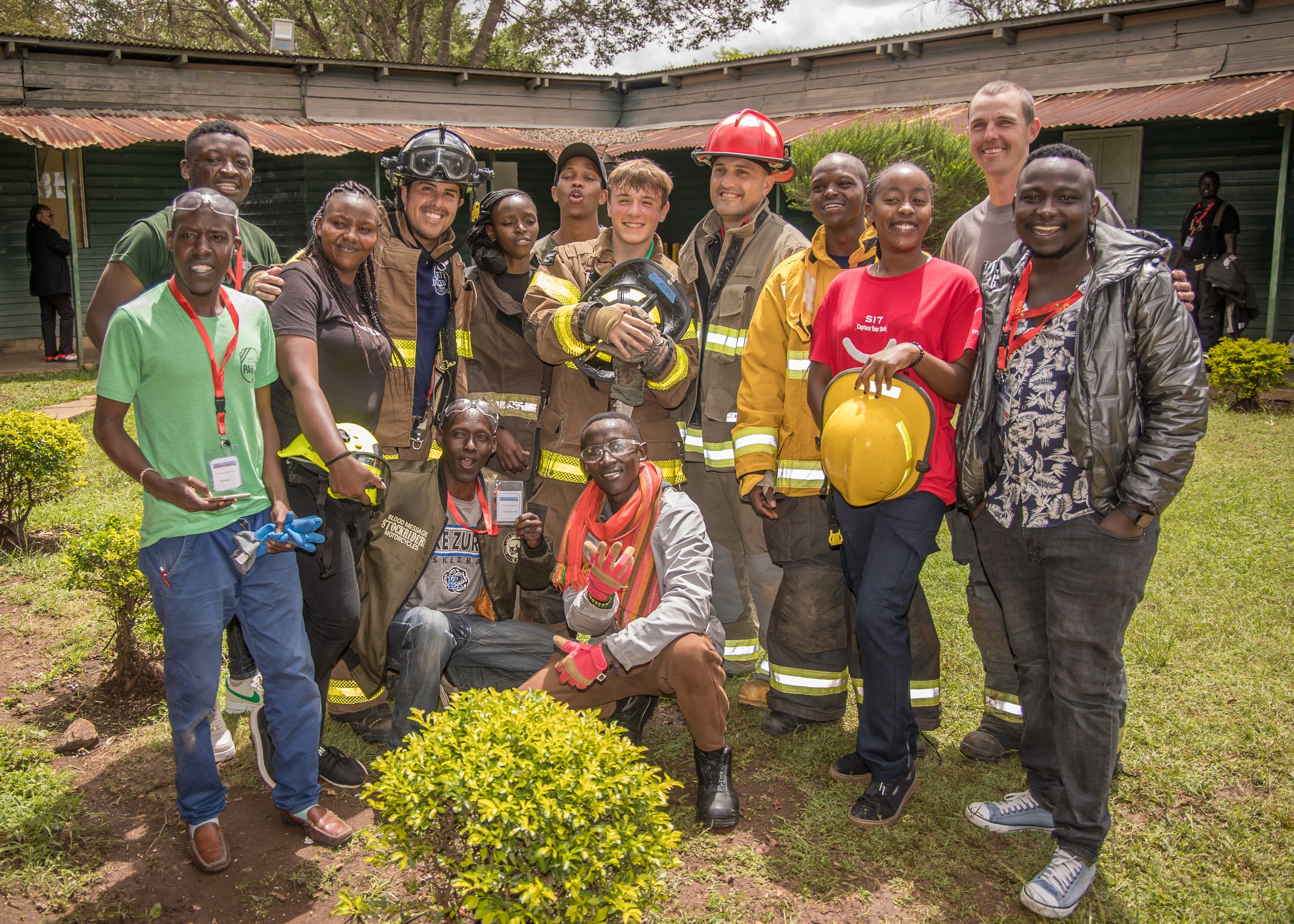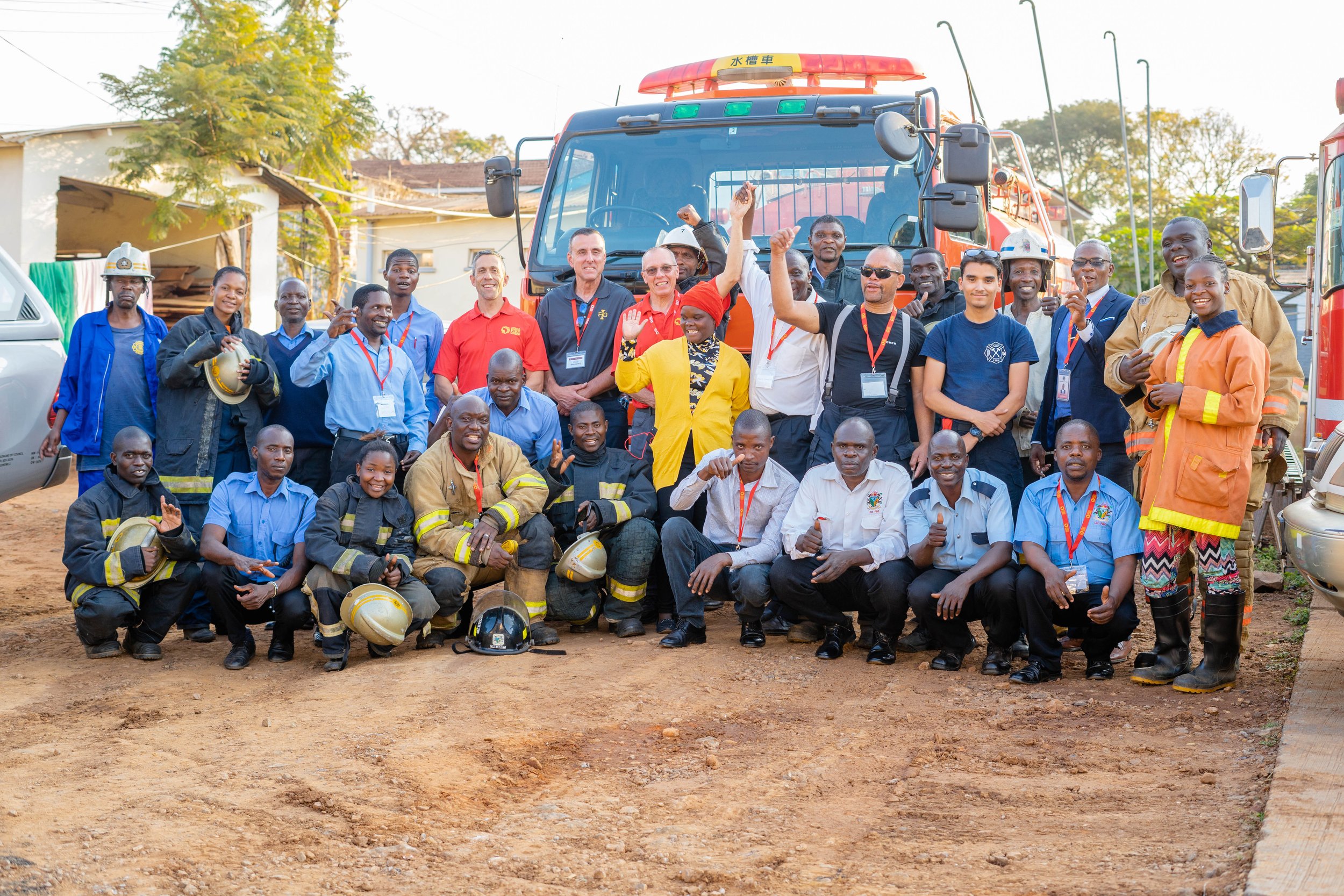Many patients will require extrication following a motor vehicle collision (MVC) however, little information exists on the time taken for the various stages of extrication. Dr. Tim Nutbeam, Rob Fenwick and their research team conducted research on the time it takes to extricate a patient and the positive results that reducing time for extrication may have on their health.
The EXIT Project - Using EXIT Principles
by : Dr Tim Nutbeam and Rob Fenwick
In this article, we are going to take a brief look at the main EXIT Principles – identified during Evidence Based Research in the UK – and from two different perspectives. We’ll also see how these principles can be put in Practice. Find out more here.
The Rescuer’s Perspective
The main principle identified in the research study was that rescuers should reduce extrication times by recognizing that the patient movement minimization approach (MMA), which focuses on potential damage to the patient’s spinal cord, was never justified.
The research findings point to the idea that MMA should be replaced with a primary emphasis on rapid patient self or assisted extrication, if medically appropriate and where they can follow instructions and also move their legs.
Where this is not the case, they should be extricated by rescuers focussing on the minimization of time rather than movement, with the creation of the minimum necessary safe extrication space.
In terms of clinical care, this latter practice is facilitated by :
- medical and fire rescuers working together to develop and manage a patient centred extrication plan
- medical and fire rescuers being aware that frequent stops for medical observations will extend the extrication time, thereby delaying arrival at hospital and so should be kept to a minimum
- limiting care to only the clinical interventions necessary to allow safe extrication.
- medical and fire rescuers being aware of the signs of patient deterioration and notifying the senior clinician if these signs are seen.
The Patient’s Perspective
The principle here is to meet both the physical and emotional needs of the patient. The EXIT researchers consulted with past trauma patients and found that this often tends to be poor or gets missed, because the main rescuers focus is on (extensive) space creation activities.
In response to these findings, EXIT is a patient-centred practice and allocates a dedicated ‘extrication buddy’ to the patient. Pivotal to the buddy’s role is communication; establishing a connection with that vulnerable person, including being in the car with them, using their name, explaining what’s happening and advocating on their behalf with the rescue team.
The ‘buddy’ should also use clear language, give assurance that any co-occupants and pets are safe and allow patients to call family or other close contacts.
Patient privacy is also important and so limiting the ability of the public to record events (and subsequently post them on social media), perhaps via the Police attendance, may be necessary. Note that this restriction also applies to the rescuers and their respective organizations.
Conclusion
The EXIT Principles identify that while we must care for the patient’s needs, where they present with any evidence of injury, that they should be considered as time-dependent and efforts must be made to minimise their extrication time. The quickest way to enable this is assisted self - extrication, as rescuer-extrications can be complex and take longer to perform, and so should only be employed where self-extrication is not feasible.
Learn More > The EXIT PROJECT



























































































